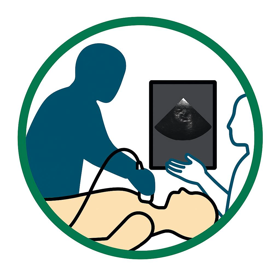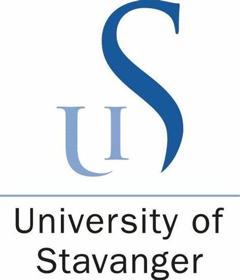Ultrasound is rapidly becoming an essential tool across a wide range of clinical disciplines—not just radiology.
For Healthcare professionals such as physicians, nurses and paramedics, point-of-care ultrasound (POCUS) enables faster diagnostic assessments, enhances patient safety, and supports more informed clinical decision-making at the bedside.
This micro-module offers a concise and practical introduction to the fundamental principles and applications of ultrasound in everyday clinical practice. It is the first step toward integrating ultrasound into your clinical skill set—empowering you to deliver safer, more efficient, and evidence-based care.


